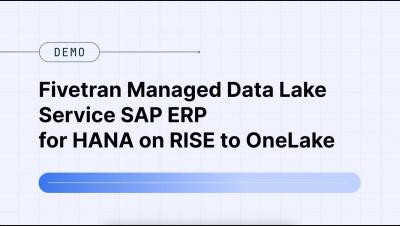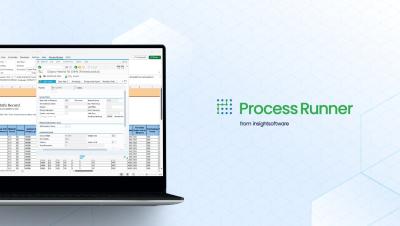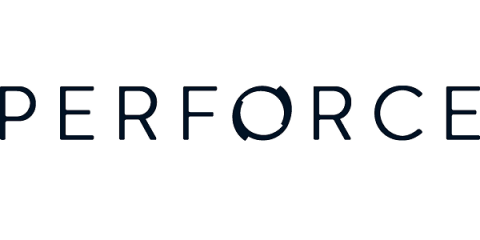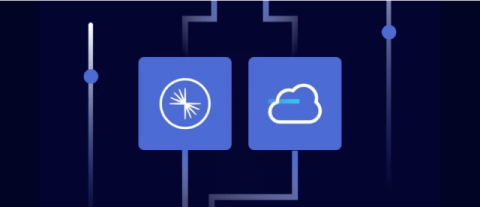Systems | Development | Analytics | API | Testing
%term
What's New in Process Runner 24.3
insightsoftware introduced 24.3 version of Process Runner with exciting new features. As part of the latest release, AI Doc Assist has been incorporated into Process Runner Cloud Hub and Process Runner Excel Add-in. The Dashboard feature of Cloud Hub is now updated with Summary, Product, and Group Metrics charts and Run Statistics reports.
5 Ways Perforce Helps with DORA Regulation Compliance
In January 2025, the European Union (EU) will begin enforcing a new regulation called the Digital Operational Resilience Act (DORA). The DORA regulation mandates sweeping cyber resilience requirements for financial institutions and third-party information and communication technology (ICT) providers. In this blog post, we examine how two core Perforce offerings help financial institutions and their supporting ecosystem of service providers comply with the requirements laid out in the DORA regulation.
Building Livewire Components with Volt
In the past, when building Livewire components for our Laravel applications, we needed to keep our backend and frontend code split up into separate files. This can sometimes get a little confusing, especially with larger projects. But with Volt, we can now build single-file Livewire components where the backend and frontend code coexist in the same file. In this article, we'll look at what Volt is and how Volt components differ from traditional Livewire components.
Boundary Value Analysis: A Complete Guide
Boundary Value Analysis (BVA) is a crucial software testing technique that focuses on testing the boundaries or edges of input ranges. It is based on the observation that errors often occur at the edges of input ranges rather than in the middle. By testing the extremes, BVA helps identify potential vulnerabilities and ensures that the system behaves correctly at its limits.
Equivalence Class Partitioning: A Complete Guide
Equivalence Partitioning, also known as Equivalence Class Testing, is a powerful black-box testing technique designed to streamline testing by minimizing the number of test cases while ensuring comprehensive coverage. This approach is widely used to make testing more efficient without sacrificing effectiveness. Let’s learn more about how it’s done!
How To Take Screenshot in Selenium? A Comprehensive Guide
Here’s an easy-to-understand and straight-to-the-point guide to take a screenshot in Selenium. Make sure that you have already installed a Selenium library. If you haven't, you can have a look at Selenium documentation to see how. All good? Let's get going!
Confluent Cloud Is Now 100% KRaft and You Should Be Too
We are now in the final chapter of Apache Kafka’s multi-year journey to remove Apache ZooKeeper and fully transition to self-managed metadata in KRaft. Many Kafka users and customers are beginning to migrate to KRaft and are eager to understand its performance characteristics in production environments.
APAC Data Streaming Deep Dive: Unlocking Business Agility and Innovation Across the Region
Throughout my career in enterprise technology, I've witnessed numerous transformations play out across the Asia-Pacific (APAC) region. But the shift we're seeing now with data streaming is truly unprecedented. What was once a supportive technology is rapidly becoming the very foundation of modern business in our region.
How to get started with a local kubernetes development environment
Mocks can be useful, but hard to build. You can use them as backends for development, or even tests (like load and performance testing). Speedscale takes the legwork out of building mocks, by modeling them after real observed traffic. This video covers a real-world example of how to use mocks to backend a JMeter load test.











